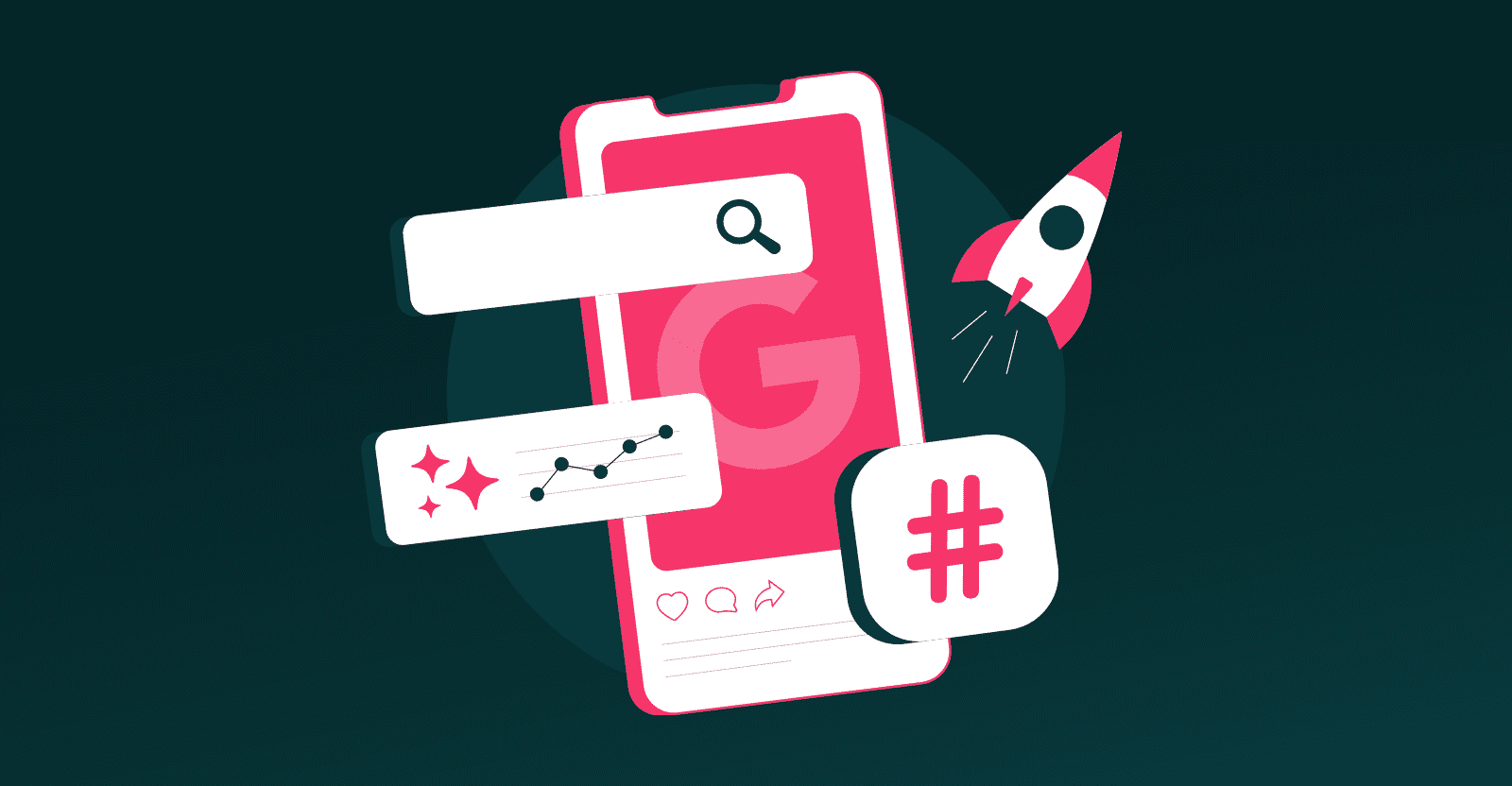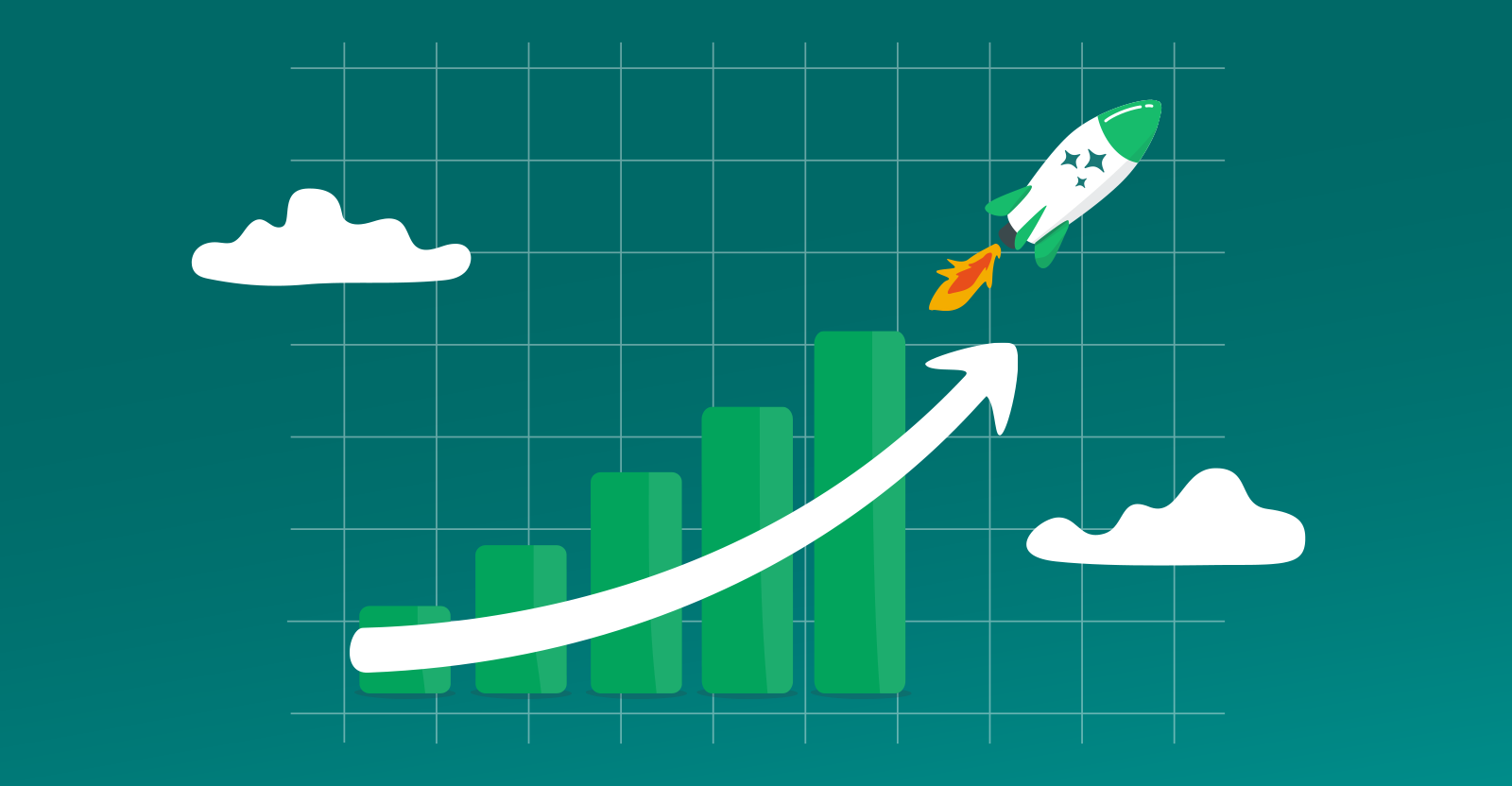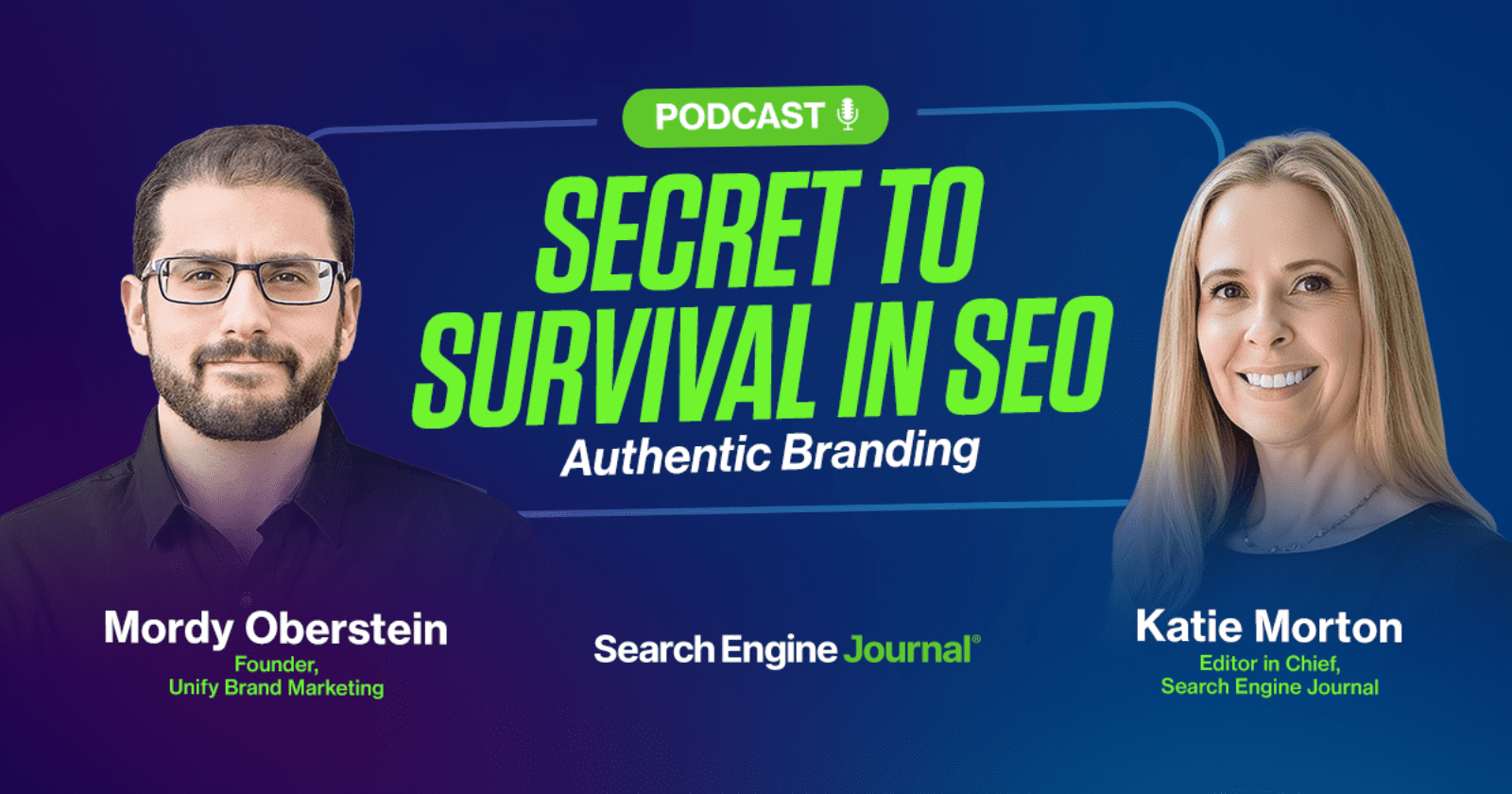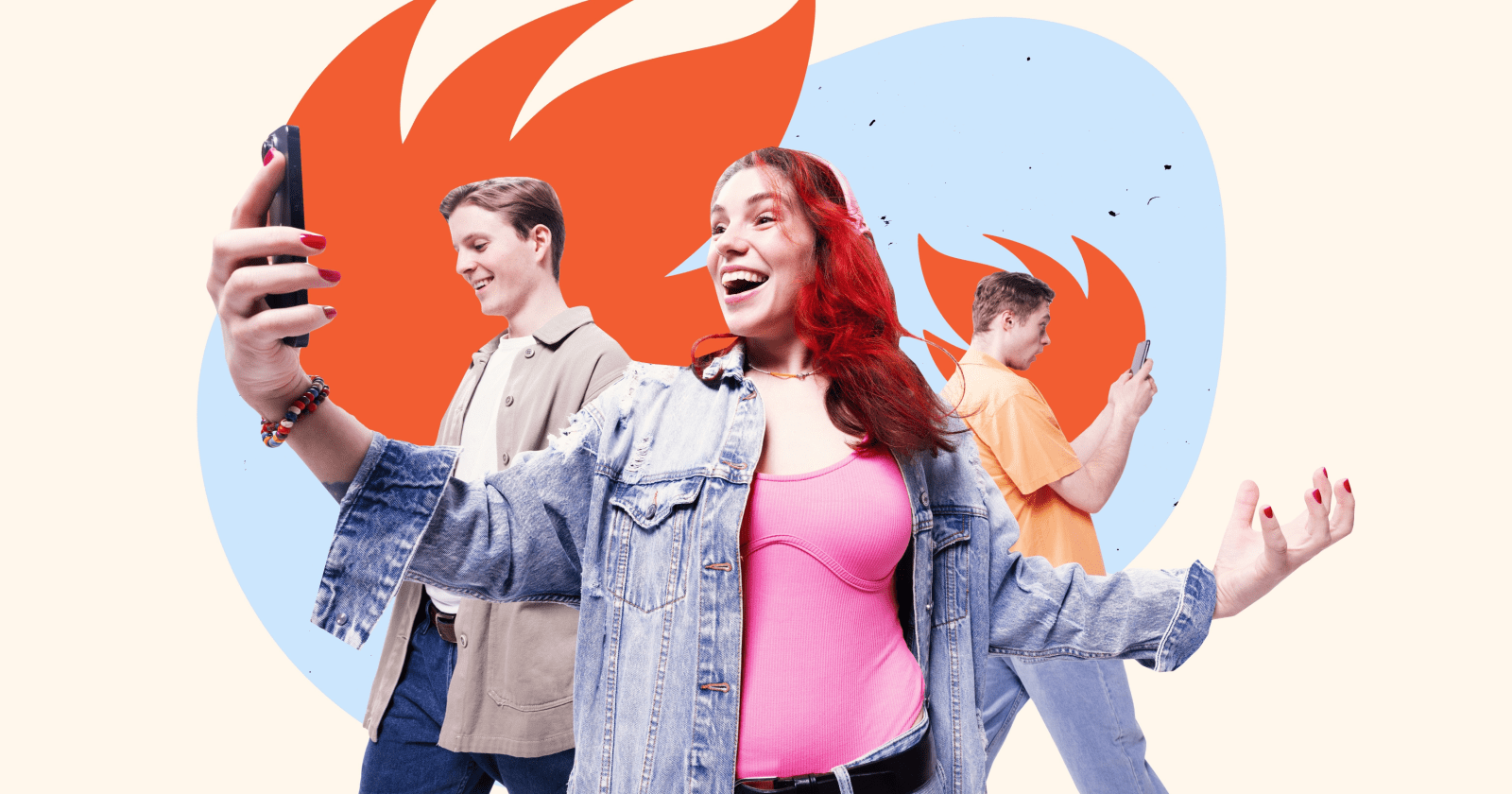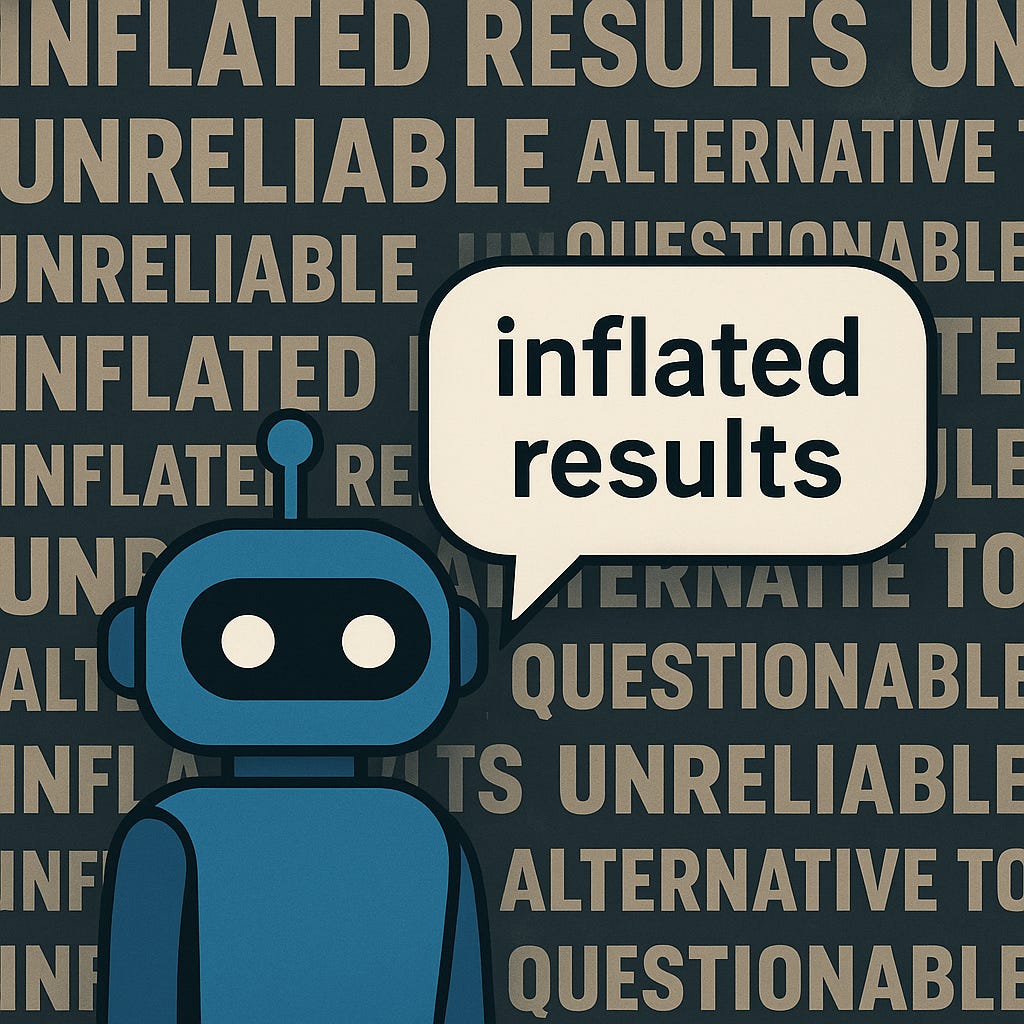Branding has never been more important. Online audiences continue to yearn for connection, and a strong brand identity can bridge the gap.
Katie Morton, Editor-in-Chief of Search Engine Journal, sits down with Mordy Oberstein, Founder of Unify Brand Marketing, to discuss why authenticity in branding and online content matters more than ever. They also discuss the need for genuine cross-functional collaboration.
For marketers rethinking how brand identity fits into their strategies, you may find this conversation insightful. It’s filled with practical tips and takeaways from the State of SEO: How to Survive report.
Watch the video or read the full transcript below.
Editor’s note: The following transcript has been edited for clarity, brevity, and adherence to our editorial guidelines.
Katie Morton: Hey, everybody. It’s Katie Morton, Editor-in-Chief of Search Engine Journal, and I’m sitting down today with Mordy Oberstein. Mordy, go ahead and introduce yourself.
Mordy Oberstein: I’m Mordy. I’m the founder of Unify Brand Marketing. I work on brand development, fractional marketing, and marketing strategy. But my main focus is brand development and how to integrate that into your actual marketing activities and your actual strategy.
Katie: Which is just becoming so crucial these days, especially with all of the changes we’ve seen over the last few years. Branding: I don’t want to say it’s everything, but it’s definitely up there.
Mordy: Quite the topic in the performance space, suddenly.
Katie: Yeah, I’m going to say more than ever, really.
Mordy: Which is kind of what we’re here to talk about.
Katie: We are also going to talk about branding within the scope of the State of SEO overall.
Branding And The State Of SEO
Katie: Every year, Search Engine Journal puts out a survey about the state of SEO. We ask questions to try and get our finger on the pulse of what people are doing. This year, we did a SWOT analysis: strengths, weaknesses, opportunities, and threats, to see how everybody’s doing and how they’re dealing with it.
The subtitle of this year’s ebook is How to Survive. And I would say, arguably, branding is one of those keys to survival.
Mordy: Yeah. And it keeps popping up. It came up in the survey a bunch of times. One of the questions was, “What are your most improved outcomes?” and 34.8% of people surveyed said brand visibility increased.
They were able to increase their brand visibility in search engines. And you can see it’s become way more of a focus.
One of the comments you pulled was from John Shehata, who’s brilliant. And his quote was: “Double down on experience. It’s the first E in E-E-A-T.”
For those unfamiliar, E-E-A-T stands for experience, expertise, authoritativeness, and trustworthiness, which are part of Google’s quality rater guidelines. And what John said that really resonated with me was: “Authenticity builds trust, both with users and AI systems.”
That got me thinking about this whole brand conversation. Because you keep hearing brand, brand, brand. You see it in the survey results, John’s talking about it here. But my question is: how do you do that? How do you actually build authenticity?
I agree with John a million percent – you need authenticity. And people are clearly seeing the value in brand all of a sudden, which is great. Super happy about it.
For performance marketers, though, it’s definitely a different way of thinking, a different way of operating. And one of the things SEOs especially need to be conscious of, and maybe push through, is the old verbiage.
Verbiage is a real thing. Carolyn Shelby actually wrote an article on SEJ about this whole SEO vs. GEO and the “words matter” thing. And there were so many stats in the survey about E-E-A-T and building E-E-A-T.
Part of the problem is thinking about it as “E-E-A-T.” Because that’s the context of SEO, the context of trying to deal with an algorithm. But when you’re trying to build authenticity, that’s not really the context you’re working in.
Building real authenticity does translate into building search equity with algorithms. I don’t think they’re different things. But authenticity itself comes from knowing yourself, being in touch with your brand identity, having a very focused brand identity, and having one that’s actually true to yourself.
I was talking to, I think it was a client, maybe a potential client, and I said, “You know, you could do X, you could do Y. Y is not who you are and it won’t work no matter no matter how hard you want to work so do X because X is much more in line with who you are. ”
Authenticity Beyond Acronyms
Mordy: Having the ability to understand who you are and make authentic decisions from there builds authenticity.
So if you’re stuck using old acronyms, thinking about it from an algorithm point of view and not from an actual who are we, how do we showcase ourselves, how do we transmit value to our audience, and you can’t get beyond the acronyms, I think you’re going to have a little bit of a hard time.
Katie: Yeah, Mordy and I were talking about this offline, this concept of the human element, as opposed to the framing SEOs used to go for.
And we’d really like to move the vocabulary forward and away from E-E-A-T. As Mordy said, it’s very algorithm-focused, and that in itself is kind of inauthentic. It’s machine-focused instead of looking at human morals and values, and what makes us human, and what makes us appeal to one another.
And in a previous episode, we talked about those emotional connections: who you really are, and who you’re most gifted to serve. As opposed to just trying to build this concept of E-E-A-T that’s based on these rater guidelines.
Mordy: Sounds like R-A-I-D-E-R. Rater. It’s interesting because that’s what, if you want to put it in marketing terms, we’re really talking about: your ability to resonate.
And you can only resonate when you’re actually your authentic self. Imagine you went out there and did something that wasn’t really in line with who you are. People would pick up on that. It wouldn’t actually resonate.
So to create authenticity, you have to be authentic. And in order to be authentic, you have to know, well, who the heck are we, so that we can actually be ourselves, right?
It sounds easy, but it’s very complicated. Because there are a lot of mitigating factors that come in. You try to pigeonhole things. You want to get your messaging super catchy. There are a lot of things that make it complicated.
But at its core, if you look at it at a micro level, it’s not complicated.
Where it gets complicated is another statistic I wanted to address, your eighth question in the survey. That one was about structural changes within the organization.
And one of the replies was: cross-functional collaboration increased. Thirty-seven point seven percent of respondents said, “We started to focus on cross-functional operations.”
Which is, yay. Yes. Because leaving SEO aside, LLMs, visibility, rankings, performance, etc., that’s just how your organization should function in a healthy way. It’s good, inherently, for your organization to move forward.
But from an SEO/LLM point of view, if you’re not synced up, if you’re siloed, that’s a problem. Coming from a background in enterprise, where everything is very siloed, I can tell you: if you’re siloed, you can’t be consistent.
You can have one team writing one set of content, the LLM picking it up, and another team writing a different set of content, positioning the brand differently.
This is what I really want to get into. Often, teams don’t understand the same brand the same way.
Katie: And yeah, that creates this fractured, disjointed presentation out there in the world. It makes it harder for people to understand what you’re about.
Why Vision And Meaning Matter
Mordy: Those are for people, and in turn, it makes it harder for algorithms, LLMs, and all the machines.
If you’re telling me one thing, and then I ask somebody else on your team about you and they give me a different answer – well, I’m confused. Color me confused. And that’s because it is confusing.
And it happens a lot. More often than you would think. And the reason why it happens, I want to diagnose it, ninety-nine point nine, nine, nine, nine, nine percent of the time, the reason this happens is there’s a lack of confidence and actual vision coming down from up top.
That definition or vision of who we are, what we want to do, who we’re serving, why we’re doing it, what we’re trying to achieve, and why that’s meaningful, that has to be clear.
Because if you’re just telling your team internally, ‘We want to hit this KPI, we need seventy-five percent growth, and we need to achieve X metric,’ that doesn’t get people bought in.
What gets people bought in is knowing you’re trying to do something meaningful. You’re a cohesive group of people, individuals coming together in an organization, working toward one set thing.
People aren’t machines. They need something meaningful to attach to, just like your audience needs something meaningful in order to perceive you, connect with you, and resonate with you.
Fast-Moving SEO & The Need For Real Communication
So, the people who work for you? They’re your audience, too. And if you don’t have something clear, distinct, and meaningful that they can grab onto, you end up fractured situation. One team understands it one way. The head of marketing, another way. The head of social media, another way. The head of SEO, another way. And then, without realizing it, you’re completely siloed.
I think it’s one of the things I’d really like to see more of. I’m glad the survey touched on it, but I’d like to see more conversation around un-siloing your marketing teams. I don’t think that internal comms conversation is happening enough yet. And we need it.
Katie: Absolutely. And I’ll also say another landmine in all of this is how fast everything moves these days.
For example, before we got on here, we were talking about certain points that come up in SEO. Things change so quickly. If something’s untested, different people can have different ideas or opinions about how it works.
So it’s not always just a top-down failure of leadership. Sometimes it’s simply that things are moving so fast. One team thinks one thing, another team thinks another, and they both put out mixed messages before anyone has even realized there’s a disconnect.
SEO and marketing can be as much art as science. Sometimes you need testing to bear things out over time. But in the interim, it’s like the Wild West of opinions. It’s hard to rein that in.
And it’s hard not to put out absolutes before something has been proven one way or another. And even then, it can change.
Mordy: What’s true for one website or brand might not be true for another, depending on their context.
So yeah, it’s hard now. Because you’re right. You hear different things from different places on the outside, you try to assimilate, and one team might latch onto one piece of advice while another acts on something else.
And then you end up with this idea of communication, but really it’s not. Teams say we have a monthly sync; our social team meets with the blog team to have a monthly sync…that’s not actually communicating. I know it feels like it is, but you need something a little bit different than that.
Katie: Yeah, I would say the real fluidity of communication between teams, whether that’s Slack or, you know, some people, [I’m] not a fan of the daily standup, but sometimes that can be helpful depending on the situation.
Mordy: By the way, it’s okay to get onto a daily standup and say, “I’ve got nothing new today.” That’s fine. “Okay, see you tomorrow.”
Katie: Right, right.
Mordy: That’s actually a valuable use of your time.
Final Thoughts
Katie: Yeah. It can be tough at Search Engine Journal, we’re very global. We have people across nearly every time zone. So a daily standup would be nearly impossible to accommodate. But we’re all on Slack all day, every day, and night. So the communication never stops.
Anyway, people need to figure out what works best for their team. But it’s definitely key these days, moving forward in SEO, and how to survive.
Mordy: Oh, and by the way, check out all the stats. I only picked those two, but there are tons more in there. So if you’re wondering, “Is that it?” No, there are a lot more. Those were just the two I harped on.
Katie: So, go to searchenginejournal.com/state-of-seo and you’ll see our latest ebook: State of SEO: How to Survive. Go ahead and click, sign up, and grab that.
And Mordy, what would you like to plug today?
Mordy: unifybrandmarketing.com.
Katie: Yes, book a consult with Mordy.
Alright. Thank you so much for sitting down with me today, Mordy. Always a pleasure.
Mordy: Yeah.
Katie: And we’ll catch you all next time. Bye.
Mordy: Bye.
More Resources:
Featured Image: Paulo Bobita/Search Engine Journal
